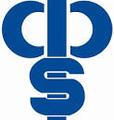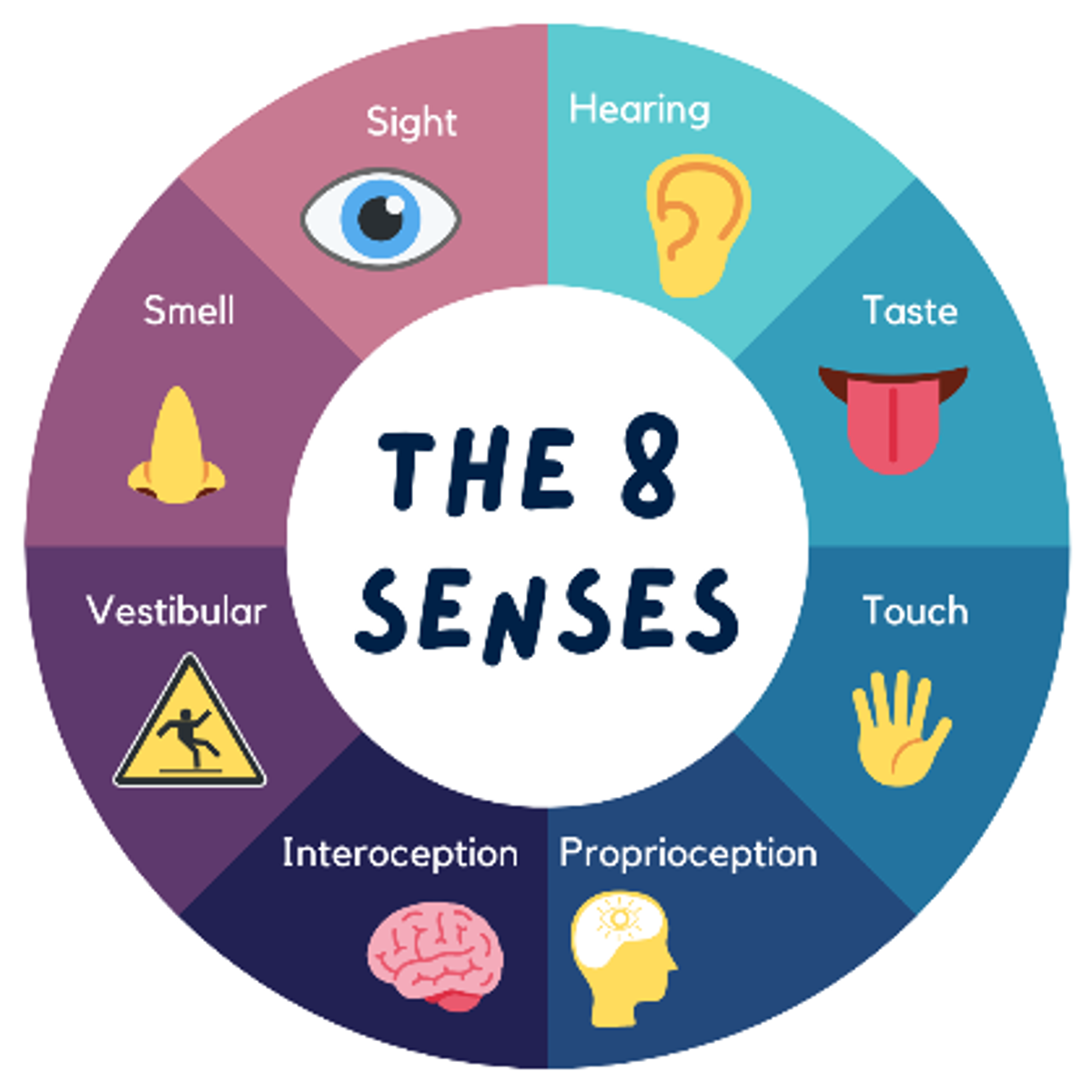WELLBEING AND INCLUSION

In the last Newsletter, we discussed the time Staff spent during our Term 3 Curriculum Day, discussing sensory processing. As part of the day we discussed the eight senses we use to process sensory information. That’s right – there are eight senses! The five external well-known senses of sight, touch, hearing, taste and smell, and the three internal senses. These are less well-known but just as important. These include the sensory systems whereby sensory information is received internally from sources within our bodies, such as bodily awareness (proprioception), bodily movement (vestibular) and bodily basic functioning (interoception). These eight senses provide the basic foundation for learning.
Body Awareness – Proprioception
What is proprioception?
Proprioception is the sensory information we receive from our muscles and joints about the position, force and movement of our body parts. It allows us to know where our body is in space, without looking.
Why is proprioception important?
Proprioception is required to carry out motor tasks in a controlled way. It is important in terms of emotional security as when we trust our bodies we feel safe and secure. A child who has difficulty with proprioception may:
★ apply too much or too little pressure when engaging in everyday tasks such as writing;
★ written work may be messy and he/she may often rip the paper when erasing;
★ seems to do everything with too much force - spilling items or breaking items;
★ watch their body during movement tasks;
★ bump or crash into other people or objects; and/or
★ have difficulty maintaining appropriate personal space.
Proprioception can also help children to regulate their level of arousal or wakefulness. It can help to alert children when they are ‘low’ or calm children when they are ‘high’ and can therefore help children to concentrate.
How can I help my child develop their proprioceptive awareness?
Experiencing and repeating movements within fun and functional activities helps children to learn body awareness, particularly if these activities provide strong feedback to our muscles and joints. Body awareness can also be related to language development and developing an understanding of direction and location. It is beneficial to create opportunities for the following within movement tasks:
★ give qualities to movements for example encourage your child to move slowly;
★ talk about how the movement felt after the tasks for example “was that heavy or light?”; and/or
★ incorporate movement activities that are completed against resistance for example: weight bearing activities, under water activities and uphill activities.
For more information click on this link: https://www.occupationaltherapy.com.au/proprioception/
Virginnia Gilham and Sarah Jeffreys


